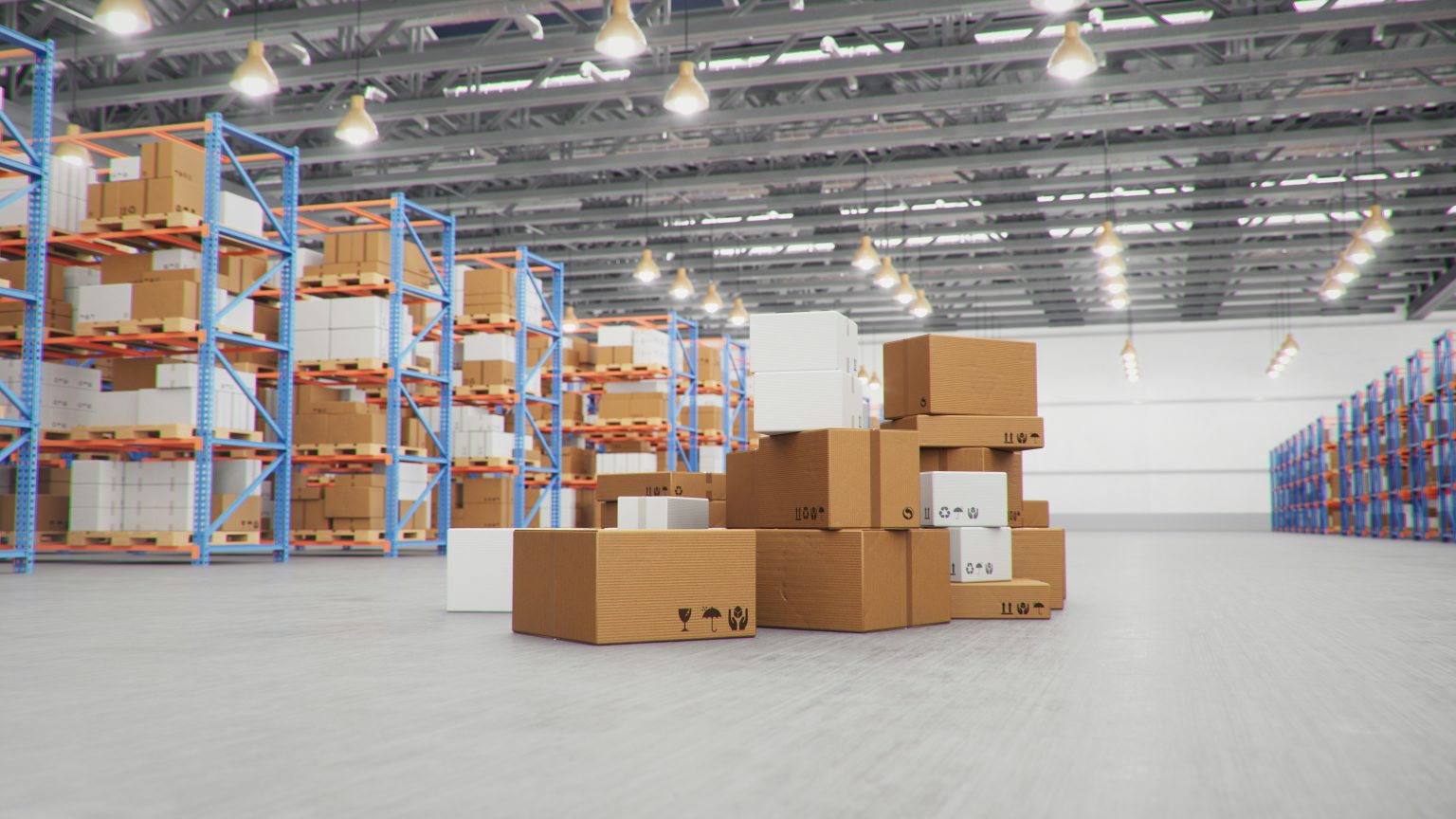Safety practices in warehouses keep workers safe. They include routines and measures to prevent accidents and injuries. For example, these might involve regular safety drills, proper labelling of hazardous materials, and ensuring all equipment is well taken care of. Workers who feel safe are more productive in their jobs. These practices also help companies avoid costly accidents and legal troubles.
Warehouse safety means taking steps early to spot and reduce risks. Good safety practices make the workplace safer for all workers and prevent accidents. Keep in mind that a safe warehouse isn’t just about following rules. It’s about making sure workers return home safe each day.
The best safety practices should be detailed and well-documented. Here are some steps to implement warehouse safety practices.
Conduct Regular Safety Training
Safety starts with knowledge. Ensure all employees are aware of potential hazards and how to mitigate them. They should be trained on the latest safety protocols, including proper equipment handling, emergency procedures, and personal protective equipment (PPE).
Implement a Clean-As-You-Go Policy
Warehouses should be kept clean and free of debris to prevent accidents. A clean-as-you-go policy encourages employees to maintain a tidy work environment to reduce slips, trips, and falls.
You can do this by assigning daily cleaning duties to each shift, but make sure the floors are dry. Epoxy flooring is excellent for warehouses because it is durable, easy to clean, and slip-resistant.
Ensure Proper Lighting
Large warehouse items can block natural light, making warehouses dark. This can lead to misjudgments, trips, and falls, especially in areas with heavy machinery or high shelving. Ensure sufficient lighting by installing bright, energy-efficient lighting in all work areas.
Mark Hazard Zones Clearly
Mark all hazard zones, such as areas with heavy machinery or where hazardous materials are stored, to warn employees of potential dangers.
Maintain Equipment Regularly
Schedule regular maintenance of warehouse equipment, such as forklifts, conveyors, and shelving, to prevent accidents caused by equipment failure.
Control Electrical Hazards
A few electrical accidents can be fatal because they can cause fire breakouts. Without preventive measures, fires can spread quickly, causing massive destruction. Ensure safe electrical wiring methods and have fire extinguishers readily available. Train all employees on fire extinguishers.
Encourage Proper Lifting Techniques
Warehouse work involves lifting and moving things around. Unfortunately, statistics show that heavy and incorrect lifting contributes to many warehouse accidents reported every year. Train your staff on proper lifting methods to prevent musculoskeletal injuries.
Use Personal Protective Equipment (PPE)
PPE is the last line of defence against workplace hazards. Equip your workers with the necessary PPE, such as gloves, helmets, and steel-toed boots, to protect against injuries from falling objects or sharp edges.
Implement Safe Stacking Practices
Incorrectly stacked materials can collapse. However, you can prevent these accidents by following safe stacking procedures. Have shelving and storage racks to secure items and prevent falls or collapses. Heavy items should be placed on lower levels to minimize injury risk.
Promote a Culture of Safety
A safety culture encourages employees to prioritize safety in daily tasks. You can foster this culture through regular communication and leadership involvement. Encourage employees to report safety concerns without fear of retaliation, recognize and reward safe behaviour, and attend regular safety meetings to discuss ongoing safety issues.
Establish Clear Traffic Paths
There are also many reported pedestrian forklift accidents. These accidents occur when a forklift collides with a worker. To prevent accidents, have clear, well-marked, and unobstructed traffic paths. Operators should be trained on safety practices for handling such equipment.
Control Access to Hazardous Areas
Restrict access to hazardous areas to prevent unauthorized personnel from entering potentially dangerous zones. Only trained and authorized employees should have access. Use security systems or badges to control access to such areas.
Safe Handling of Hazardous Materials
Handling hazardous materials requires special care to prevent spills, exposures, or other incidents. Train your employees on how to handle hazardous materials and use appropriate equipment.
Provide Adequate Ventilation
Proper ventilation is necessary to ensure safe warehouse air quality, especially in areas where chemicals or other hazardous materials are stored. Install industrial ventilation systems and regularly check the air quality in confined spaces.
Prepare for Emergencies
You can never know when disaster will strike. However, you can prepare to mitigate its effects when it happens. Develop and update an emergency response plan. A well-prepared warehouse can save lives and reduce damage.



